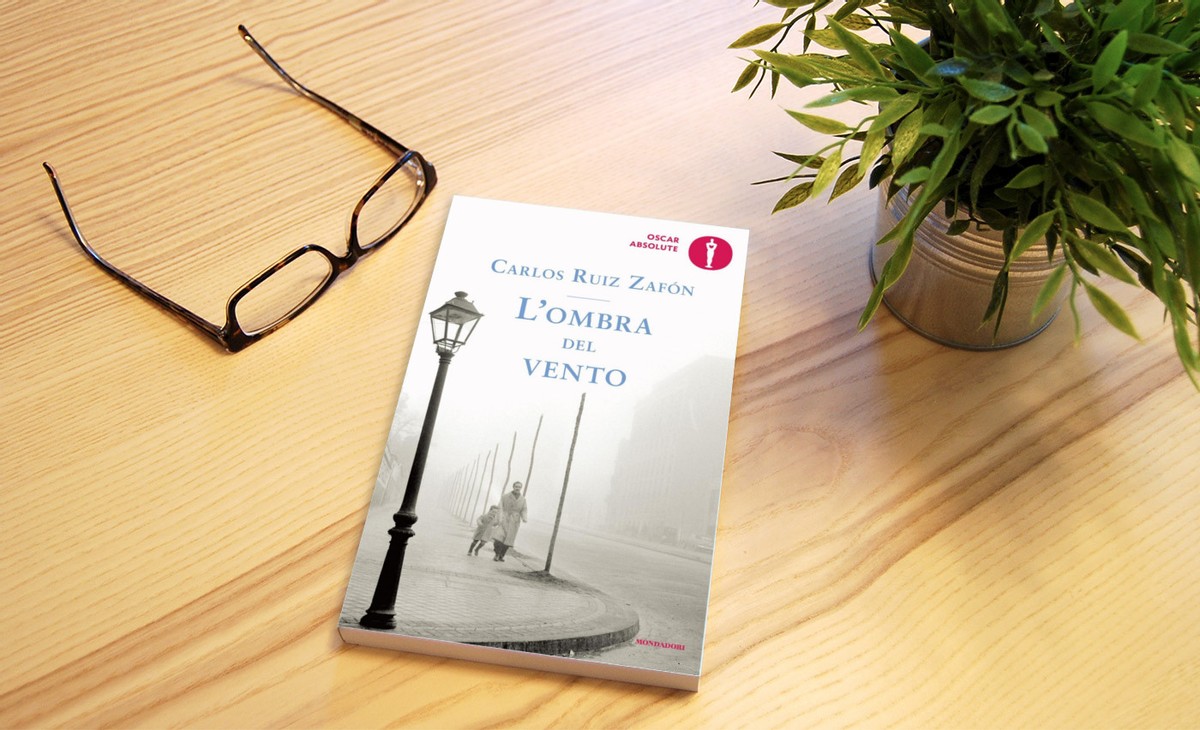
Wendy (@nomadicvegan) ha iniziato una serie di post su espressioni difficili a tradurre. Io ho trovato una frase che la traduttrice italiana ha molto abbreviato (e ricollegato alla frase precedente). Manca la parte sottolineata. È proprio scomparsa... E c'è la stessa cosa in inglese. Poi non parliamo della traduzione francese, l'intera frase non è stata nemmeno tradotta!
Non capisco cos'era tanto difficile a tradurre. Le traduzioni tedesca e rumena mostrano che era possibile. Cosa ne pensate? Se leggete in altre lingue, come è stata tradotta? Trovate la frase nella fine del penultimo paragrafo del capitolo di introduzione.
ES: Personajes que se me antojaron tan reales como el aire que respiraba me arrastraron en un túnel de aventura y misterio del que no quería escapar.
DE: Figuren, die mir so wirklich erschienen wie meine Umwelt, saugten mich in einen Tunnel von Abenteuern und Geheimnissen hinein, aus dem ich nicht mehr entrinnen mochte.
RO: Personaje ce mi s-au înfăţişat la fel de reale precum aerul pe care-l respiram m-au târât într-un tunel de aventură şi mister din care nu voiam să mai scap.
IT: (un mondo) popolato da personaggi non meno reali dell’aria che respiravo.
EN: (a new world) peopled by characters who seemed as real to me as my room.
FR: -
Altre lingue tratte dai commenti:
PT(EU): Personagens que se me afiguraram tão reais como o ar que respirava arrastaram-me para um túnel de aventura e mistério de onde não queria sair.
0

Post molto molto interessante e affascinante. Non è facile fare traduzioni e a volte si sbaglia!
Argomento spinoso, perché una lingua non è solo un modo di pronunciare/scrivere le parole, ma è legata al modo di pensare, è lo strumento che un determinato popolo usa per descrivere se stesso. Bisogna conoscere bene la cultura sottostante alla lingua che si traduce per saper trovare, quando non è possibile usare le stesse immagini, altre che non ne deformino lo spirito o il significato. Bisogna rispettare lo stile dell’autore e saper ricreare la stessa atmosfera che mette nei suoi scritti anche con un corredo di suoni diversi. E bisogna conoscere le regole della scrittura creativa, infatti l’ideale è che il traduttore sia anch’egli uno scrittore. Non è facile. A volte ho trovato lo stesso libro tradotto in italiano da due traduttori diversi e non sembrava neanche lo stesso libro. Io credo che tradurre narrativa sia una delle cose più difficili, tradurre poesia ancora di più.
@Giulia, d'accordo. Non volevo solamente dire che è sbagliato, ma volevo anche comprendere la causa dell'omissione. Il tunnel è un'imagine che non si utilizza in francese? Io penso di no ;-) allora, cos'era?
Grazie per questo post, che complimenta molto bene quello che ho scritto io ieri! Non capisco neanch'io perchè i traduttori hanno fatto questa omissione. Del mio punto de vista come parlante nativa d'inglese, non sarebbe cosí difficile da tradurre. Ecco la mia tentativa: Characters who seemed as real to me as the air that I breathed, and who drew me into a tunnel of adventure and mystery from which I had no desire to escape.
Hi there! I don't speak Italian, but came here from Wendy's post where Erich posted a link. In European Portuguese the sentence is as follows: "Personagens que se me afiguraram tão reais como o ar que respirava arrastaram-me para um túnel de aventura e mistério de onde não queria sair." So the second part of the phrase is there. Literally translated into English the sentence would be: "Characters that seemed to be as real as the air I was breathing and that carried me into a tunnel of adventure and mystery which I didn't want to leave." I actually don't like the German translation too much because it says "so wirklich [...] wie meine Umwelt" which translates to "as real as my surroundings". To me, it feels like there's missing something.
Hi @LindasLinguas, I had the same feeling about the German translation ;-) . Same for the English, "room" isn't closely as poetic as "the air that I breathed". In literature, I have the approach that every single word has its reason, and I tend to extend that approach also to translations. But then, seeing things like this make me lose my benevolence and I start to get distrustful. How come IT and EN have the same structure? did EN translate from IT instead of ES? Was the translation done in a hurry with no attention to quality? I'm too early in the book in order to answer these questions, but they will stay around as I continue reading... and comparing...